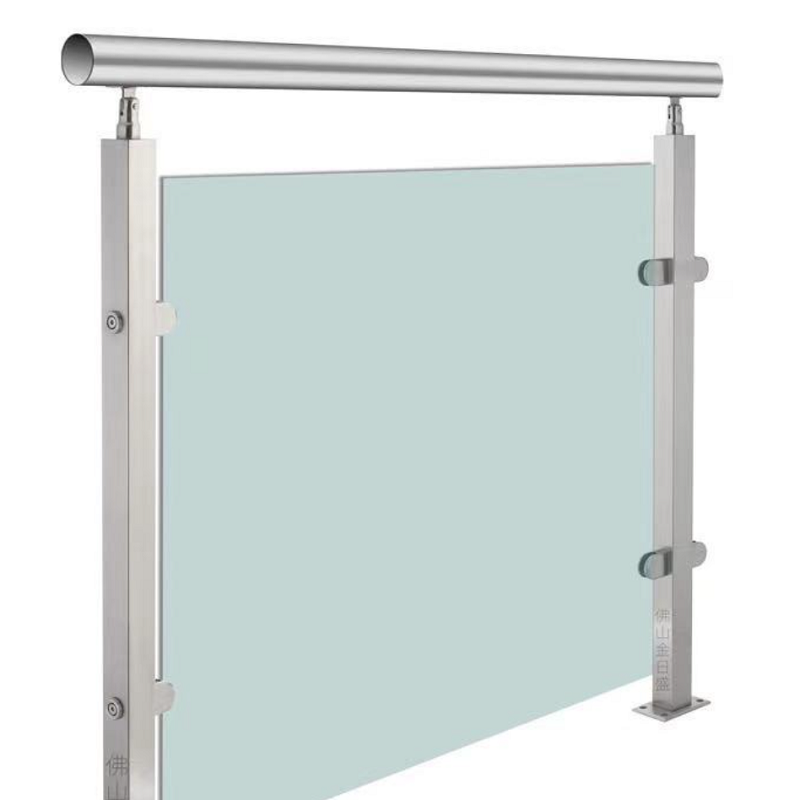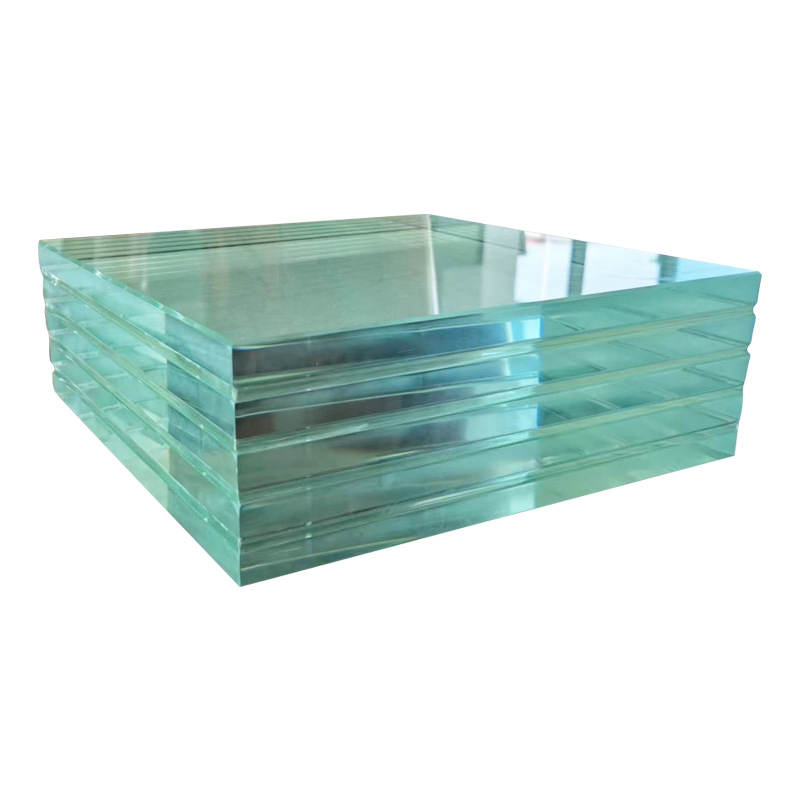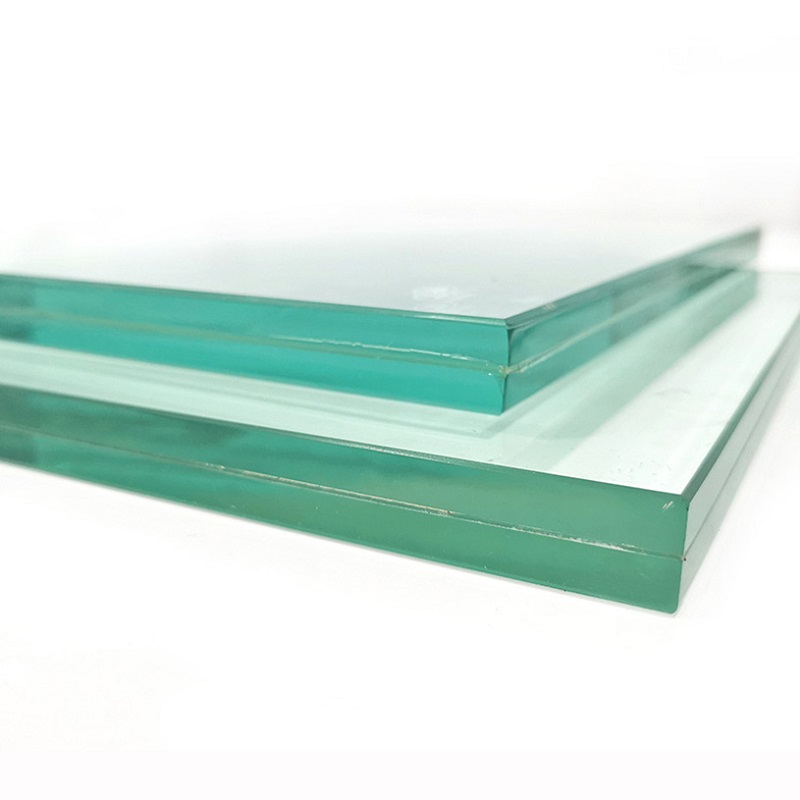Textured glassintroduces an aura of sophistication to various environments, offering a blend of aesthetic and functional advantages in architectural and design fields. This discussion will shed light on the diverse applications of textured glass, its creative inspirations, and the industry standards that guide its production and utilization.
Crafting Textured Glass
The process of creating textured glass involves the use of specialized tools to shape molten glass into surfaces with distinct patterns. These range from intricate and subtle to pronounced and geometric, catering to a multitude of design preferences and architectural styles. This glass is lauded for its effectiveness in light diffusion, enhancing privacy, and adding visual depth without compromising on transparency.
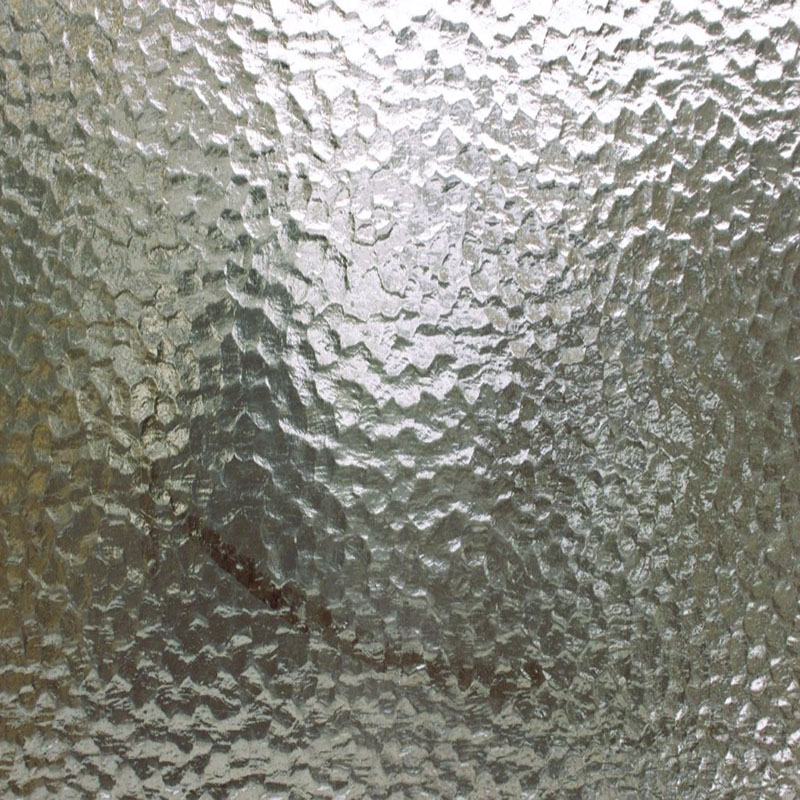
Diverse Applications of Textured Glass
Textured glass is versatile and finds use in a spectrum of settings, spanning residential to commercial applications, such as:
Entrances and Views: It is a popular choice for entry doors, windows, and room dividers, providing a layer of seclusion while welcoming natural light, thus beautifying both indoor and outdoor areas.
Sanctuary of Showers: Opting for a frosted or patterned finish in shower areas ensures privacy and facilitates easier maintenance due to its forgiving nature towards water marks and residue.
Spatial Differentiators: In open layouts common in modern offices, dining spots, and accommodations, textured glass offers a sophisticated way to create distinct zones without hindering light flow, enriching the visual experience.
Elegance in Furniture: The incorporation of textured glass in furniture pieces and decorative accents brings a tactile elegance to interior settings, elevating the ambiance with its nuanced presence.
Structural Statements: It enhances architectural elements like skylights, staircases, and balustrades with a dramatic flair, contributing to the space's overall visual narrative.
Creative Expressions: Beyond functional use, textured glass is a medium for artistic installations that challenge the conventional demarcation between art and utility.
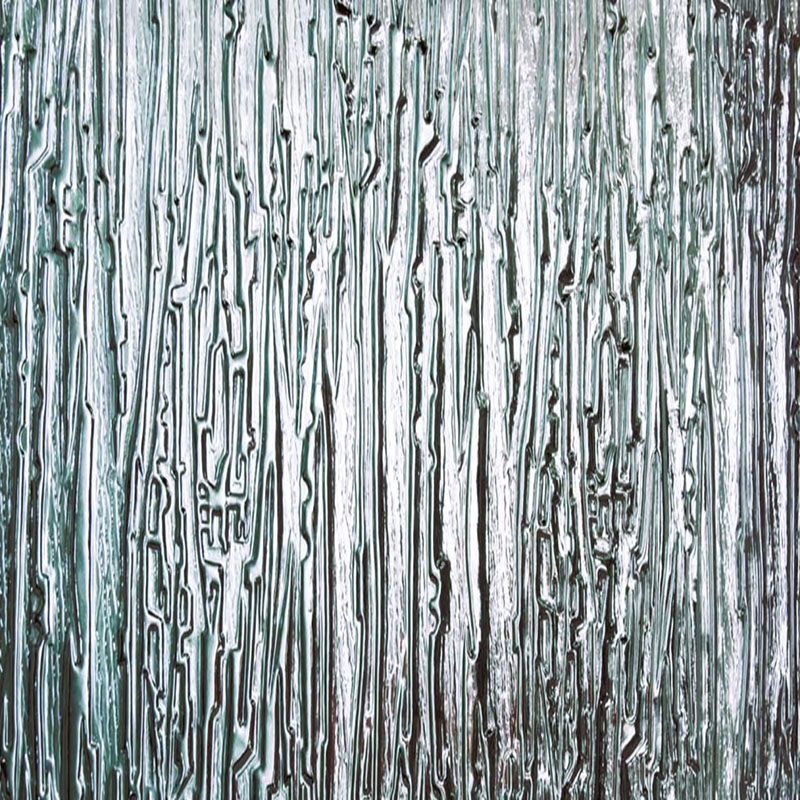
Sources of Design Inspiration
Designers and architects turn to an array of inspirations when working with textured glass:
Nature's Palette: Natural textures—like those of water ripples, foliage, and blooms—are translated into glass, evoking a sense of peace and ecological harmony.
Geometry's Grace: Incorporating geometric patterns such as lines, grids, and abstract forms brings a sleek, modern aesthetic, creating points of interest and movement.
Cultural Tapestry: Reflecting cultural motifs and historical architectural elements, textured glass weaves a narrative of cultural heritage and artisanal pride.
Innovative Frontiers: The field is marked by continuous innovation, with artists and craftsmen exploring new techniques and materials to push the creative limits of glass applications.
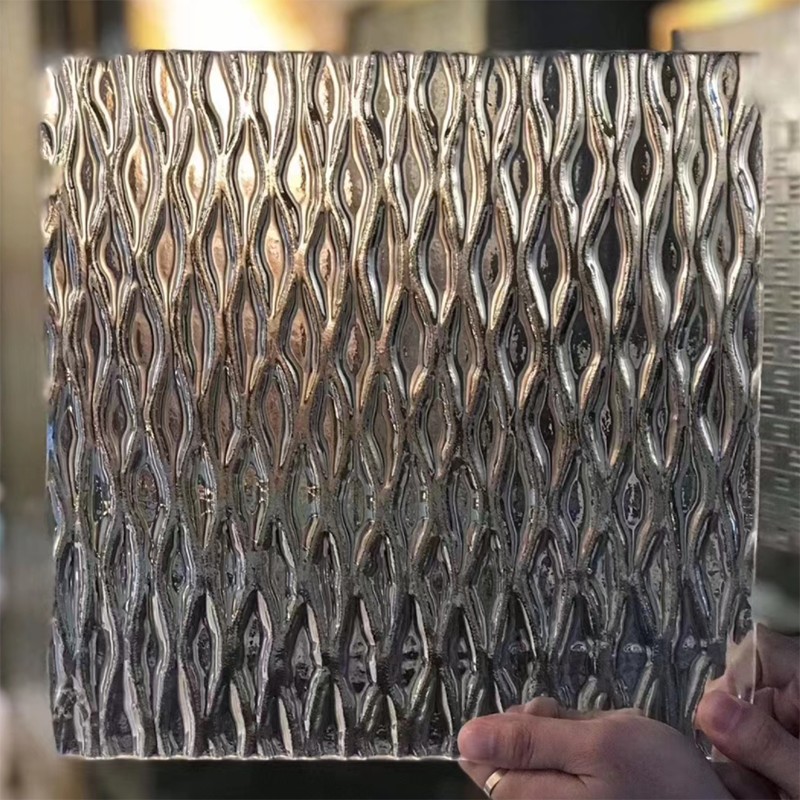
Standards and Compliance
The manufacturing and application of textured glass adhere to stringent industry standards and regulations focused on safety, performance, and quality. Organizations like ASTM International and ISO provide comprehensive guidelines for the crafting, evaluation, and installation of these glass products, ensuring attributes such as thickness, resilience, and clarity meet the highest standards.
Conclusion
Textured glass is a compelling material that adds depth and a touch of class to architectural and interior design endeavors. It presents a wealth of opportunities to transform spaces for reasons of privacy, light modulation, or embellishment. By delving into diverse patterns, textures, and creative musings, designers can unleash the full creative potential of textured glass to forge spaces that are both captivating and inspiring.


